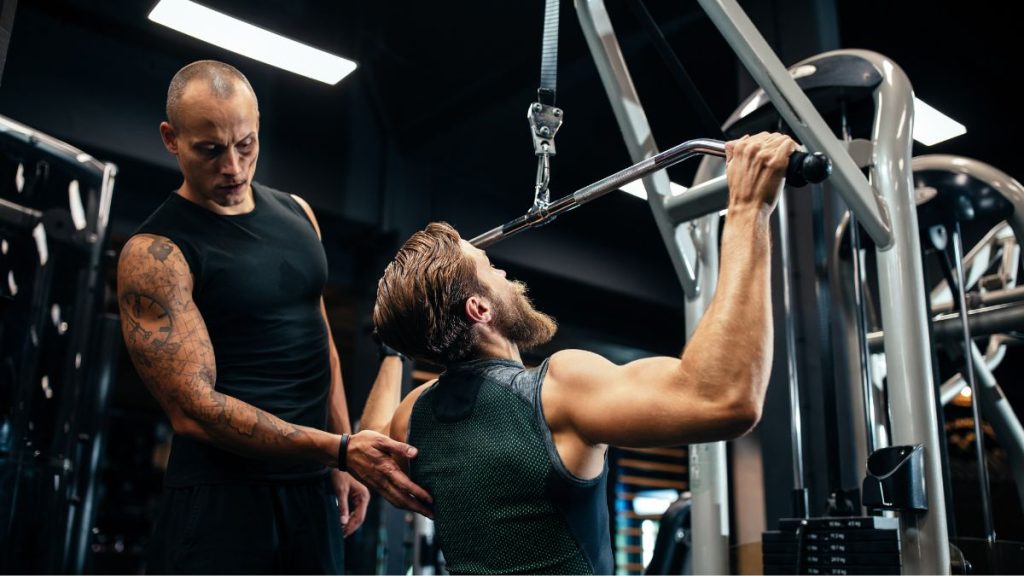Bone health is often overlooked in fitness, but strong bones are essential for mobility, strength, and overall well-being. Just like muscles, bones respond to exercise by becoming stronger and denser. The best exercises for bone health include weight-bearing, resistance, and balance training, all of which help improve bone strength and reduce the risk of fractures and osteoporosis.
Why is exercise important for bone health?
Bones constantly undergo a process called bone remodeling, where old bone tissue is replaced by new bone tissue. As people age, bone density naturally decreases, increasing the risk of fractures and osteoporosis. Exercise helps slow this process by stimulating bone formation and improving overall strength.
Regular exercise also strengthens muscles, which support bones and improve balance, reducing the risk of falls and injuries.
What are the best exercises for bone health?
Not all exercises are equally effective for improving bone strength. The best workouts for bone health include:
1. Weight-Bearing Exercises
Weight-bearing exercises force bones to support the body’s weight, stimulating bone growth. These exercises include:
- Walking – A low-impact exercise that maintains bone density, especially in the hips and legs.
- Jogging or Running – Higher-impact than walking, these activities promote greater bone density, particularly in the lower body.
- Jumping Rope – The impact of jumping increases bone strength in the legs, hips, and spine.
- Dancing – Movements that involve jumping and changing directions challenge bones and improve coordination.
- Hiking – Walking on uneven terrain adds extra stress to bones, helping increase bone mass.
Weight-bearing activities are most effective when done at least 30 minutes per day, five times a week.
2. Resistance Training
Strength training places mechanical stress on bones, prompting them to become stronger. Effective resistance exercises include:
- Squats – Strengthens the legs, hips, and lower spine, areas prone to fractures.
- Deadlifts – Targets multiple muscle groups and strengthens the spine and hips.
- Bench Press – Builds upper body strength, improving bone density in the arms and chest.
- Lunges – Improves balance and strengthens the legs, reducing fall risk.
- Shoulder Press – Strengthens bones in the shoulders, arms, and upper spine.
Using weights, resistance bands, or bodyweight exercises can effectively build bone strength. Aim for resistance training at least two to three times a week.
3. High-Impact Exercises
High-impact exercises create stress on bones, stimulating them to grow stronger. These include:
- Basketball or Tennis – Quick, multidirectional movements strengthen bones in the legs, hips, and spine.
- Jump Squats – Combine strength training with impact to improve bone density.
- Box Jumps – Strengthen bones while improving explosiveness and coordination.
- Step Aerobics – Repetitive impact helps improve bone health, especially in the lower body.
People with weak bones or osteoporosis should modify these exercises to reduce injury risk.
4. Balance and Stability Training
Improving balance reduces the risk of falls, which can lead to fractures. Key balance exercises include:
- Single-Leg Stands – Strengthens stabilizer muscles and improves coordination.
- Tai Chi – Enhances balance, flexibility, and muscle strength while reducing fall risk.
- Yoga – Improves flexibility and balance, while some poses add resistance to build bone strength.
- Heel-to-Toe Walks – Helps strengthen stabilizing muscles and coordination.
Including balance exercises in a routine helps support bone health and prevents injuries.
How often should you exercise for bone health?
A well-balanced routine should include:
- Weight-bearing activities – At least 30 minutes, five times per week.
- Resistance training – Two to three times per week, targeting all major muscle groups.
- Balance and flexibility training – Two to three times per week to improve coordination and reduce fall risk.
What exercises should you avoid if you have weak bones?
Certain exercises can increase the risk of fractures for those with osteoporosis or low bone density. Avoid:
- High-impact exercises – Activities like running or jumping can increase fracture risk in people with severe osteoporosis.
- Twisting movements – Exercises that involve excessive twisting of the spine, such as golf swings or deep yoga twists, can strain bones.
- Heavy lifting without proper form – Improper lifting techniques can lead to spinal injuries.
Modifications and lower-impact alternatives can provide benefits while reducing injury risks.
Key Takeaways
- Exercise is essential for maintaining and improving bone health, reducing the risk of osteoporosis and fractures.
- Weight-bearing, resistance, and high-impact exercises stimulate bone growth and improve strength.
- Balance and flexibility exercises help prevent falls, reducing fracture risks.
- A combination of weight-bearing and strength training exercises done regularly ensures optimal bone health.
- People with osteoporosis or low bone density should modify exercises to avoid excessive impact or twisting movements.
Building stronger bones requires consistent exercise and proper technique. By incorporating weight-bearing, strength training, and balance exercises into a routine, you can maintain healthy bones and reduce the risk of fractures as you age.




